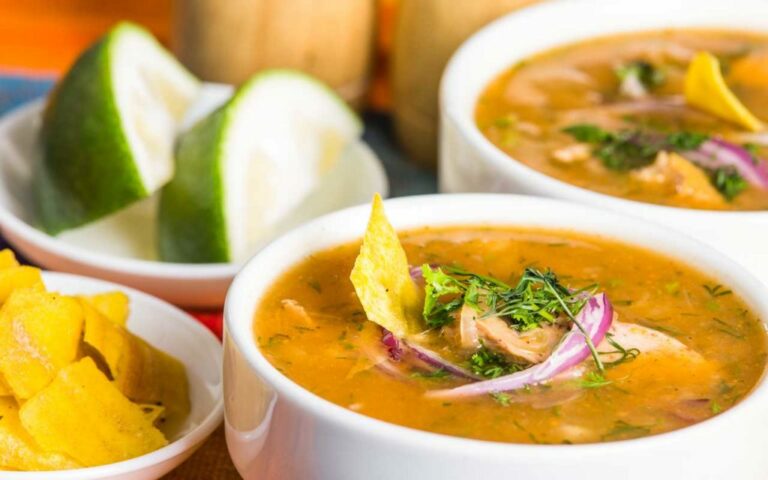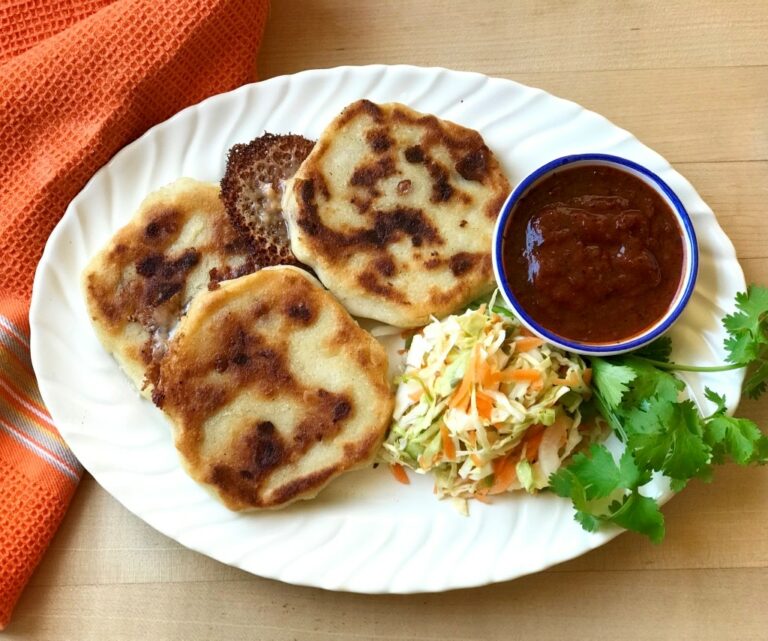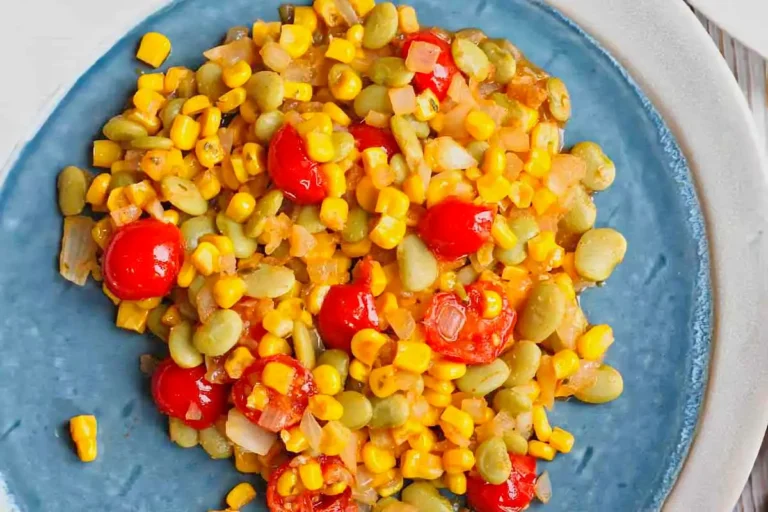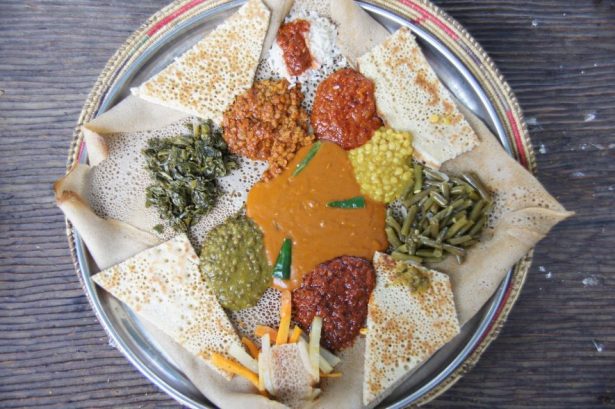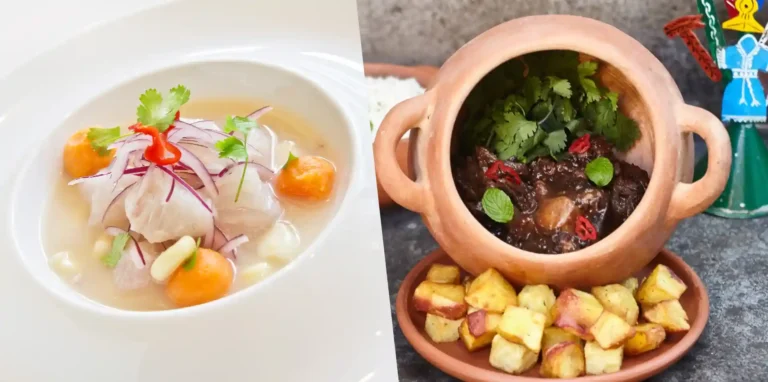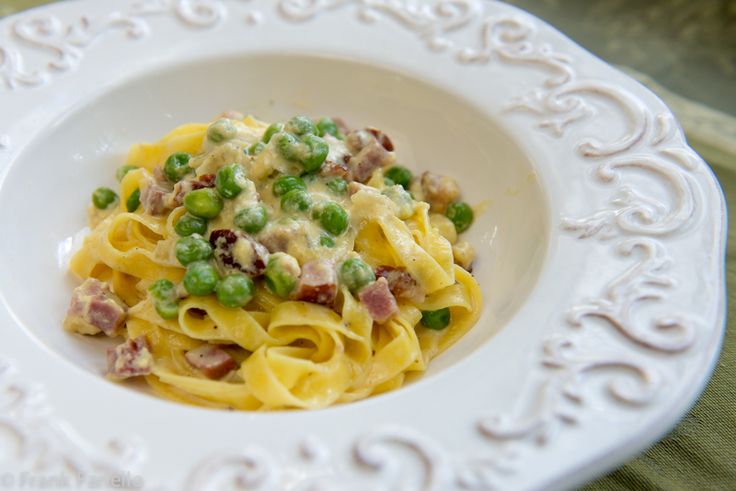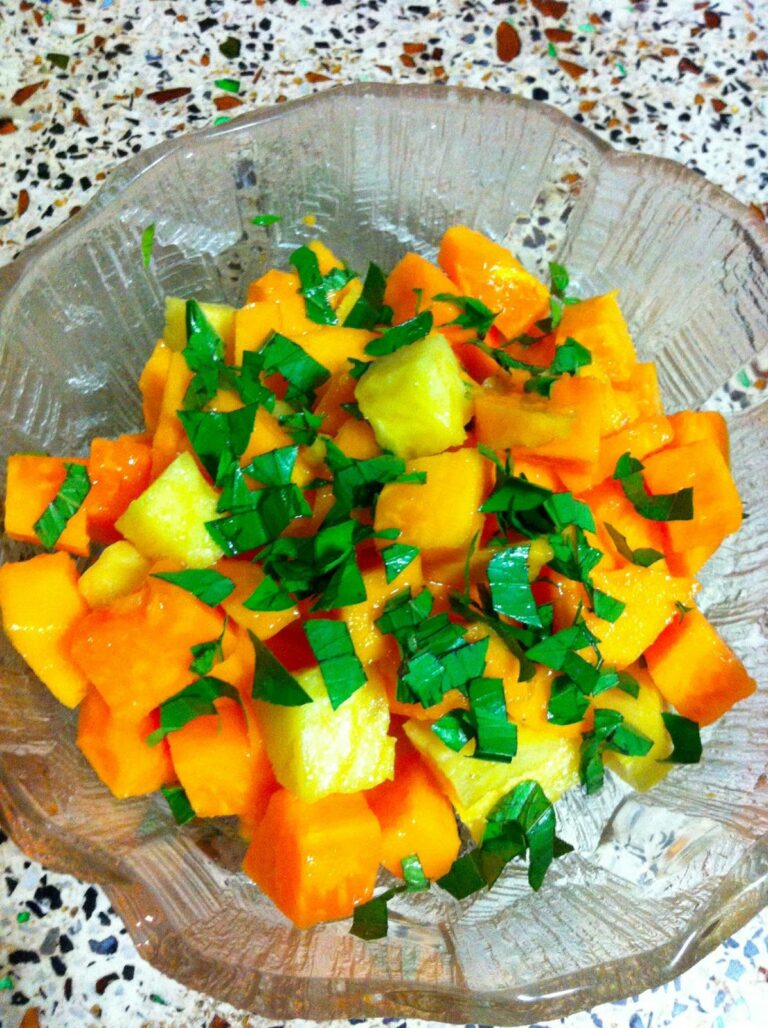Introduction: Ecuadorian Cuisine
Ecuadorian cuisine is rich in flavor and diversity, with a mix of indigenous, Spanish, and African influences. Known for its use of fresh ingredients and unique spices, Ecuadorian cuisine offers a variety of dishes that are sure to satisfy any palate. Whether you’re a meat lover or a vegetarian or vegan, there are plenty of options to choose from in Ecuadorian cuisine.
Traditional Ecuadorian Dishes
Some of the most popular traditional Ecuadorian dishes include ceviche, which is made with fish and marinated in lime juice, onions, and cilantro; locro, a thick soup made with potatoes, cheese, and avocado; and hornado, a roasted pork dish that is often served with potatoes and corn. Other traditional dishes include empanadas, tamales, and churrasco, which is a grilled beef dish.
Common Ingredients in Ecuadorian Cuisine
Ecuadorian cuisine is known for its use of fresh ingredients, such as plantains, yucca, potatoes, and corn. Many dishes also include seafood, pork, or beef. Herbs and spices commonly used in Ecuadorian cuisine include cilantro, cumin, achiote, and garlic.
Vegetarian Options in Ecuadorian Cuisine
Vegetarian options are easily available in Ecuadorian cuisine, with many dishes such as locro and llapingachos (potato cakes stuffed with cheese) being vegetarian by nature. Other vegetarian options include ceviche made with mushrooms instead of fish, and veggie empanadas. Vegetarian versions of traditional dishes can often be found in restaurants, or can be made upon request.
Vegan Options in Ecuadorian Cuisine
Vegan options in Ecuadorian cuisine are less common, but still available. Many of the vegetarian options can be made vegan by omitting cheese or other animal products. Vegans can also enjoy dishes like encebollado, a savory soup made with yucca and onions, and quinoa salads. It’s important to note that some dishes may contain animal products or animal-derived ingredients, so it’s always best to ask before ordering.
Restaurant Options for Vegetarians and Vegans
There are plenty of restaurants in Ecuador that cater to vegetarians and vegans. One popular chain is Fruteria Monserrate, which offers a variety of vegetarian and vegan dishes made with fresh ingredients. Other restaurants that offer vegetarian and vegan options include El Maple Café and The Loving Hut.
Street Food Options for Vegetarians and Vegans
Street food is a popular option in Ecuador and there are plenty of options for vegetarians and vegans. One of the most popular street foods is the humita, a steamed corn pastry filled with cheese. For vegans, a cheese-free version can be requested. Other street food options include chifles (fried plantain chips), roasted corn on the cob, and empanadas filled with vegetables.
Conclusion: Exploring Vegetarian and Vegan Options in Ecuadorian Cuisine
Whether you’re a vegetarian or a vegan, there are plenty of options to choose from in Ecuadorian cuisine. From traditional dishes to street food, there is something for everyone. With its use of fresh ingredients and unique spices, Ecuadorian cuisine is sure to tantalize your taste buds and leave you wanting more.

